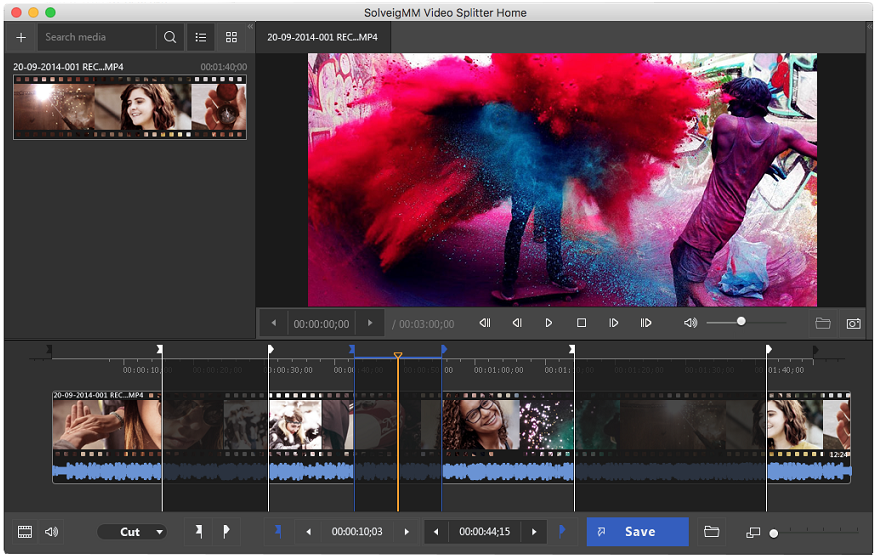

However, PoE can also power other devices, including:Įven though PoE is relatively simple to deploy, network administrators need to understand some of the devices, terms, and technology involved. The most common types of PoE applications include: Most PSEs are either network switches or PoE injectors intended for use with non-PoE switches.

The device that transmits power is the PSE, while the device that is powered is a PD. PoE-capable devices can be power sourcing equipment (PSE), powered devices (PDs), or sometimes both. PoE technology relies on the IEEE 802.3af, 802.3at, and 802.3bt standards set by the Institute of Electrical and Electronics Engineers and governs how networking equipment should operate to promote interoperability between devices. Cat7 and Cat8 Ethernet cables for a maximum distance of 100m. PoE technology sends 10/100/1000 Mbps of data and 15W, 30W, 60W, and up to 90W of power budget to devices over Cat5e, Cat6, Cat6a. In addition, PoE eliminates the expense of installing additional electrical wiring, requiring professional electrical installers to ensure that strict conduit regulations are followed. This allows system integration and network installers to deploy powered devices in locations that lack electrical circuitry. Power over Ethernet (PoE) is a standard that allows Ethernet cables to transmit data and power simultaneously using a single network cable.


 0 kommentar(er)
0 kommentar(er)
